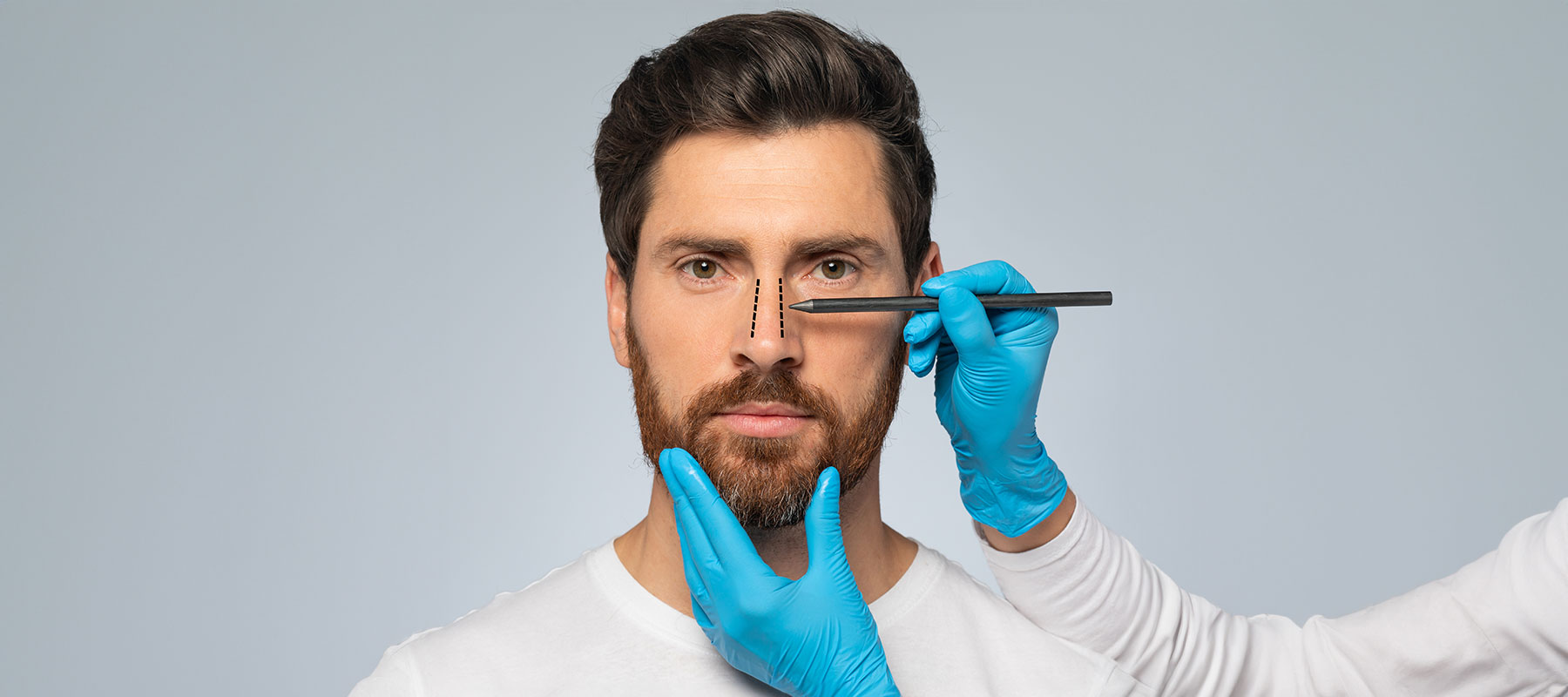
Discover Rhinoplasty and Culture in Shiraz
Shiraz is a lovely city that attracts tourists, but it's also a top spot for medical treatments. Many people who come here for cosmetic procedures, like rhinoplasty (nose surgery), end up really satisfied with the outcomes. In this article, we'll explore what makes Rhinoplasty in Shiraz so popular and why you might consider it if you're thinking about nose surgery.
What is Rhinoplasty?
Rhinoplasty, sometimes referred to by patients as nose surgery or 'nose reshaping,' is a cosmetic procedure aimed at improving the physical features of the nose. Individuals who are dissatisfied with the shape of their nose, whether it's fleshy, bony, or has a hump, believe that their nasal appearance has negatively affected other facial features or even diminished their overall attractiveness. Most often, they seek to undergo a rhinoplasty to enhance the aesthetics of their nose.
Purposes of Rhinoplasty:
- Refine the width of the nasal bone.
- Adjust the width of nasal passages.
- Correct a crooked nose.
- Enhance the nasal tip.
- Modify the angle between the nose and the upper lip.
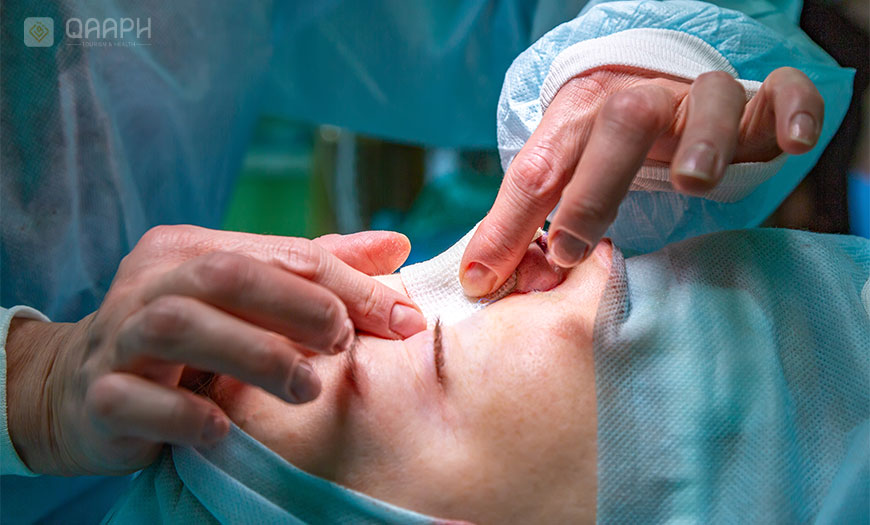
Various Approaches to Nasal Surgery
Fleshy Nose Surgery:
What is commonly referred to as a 'fleshy nose' among people is scientifically known as a nose with thick skin, often accompanied by weak and thin cartilage. The final results of nose surgery in these cases depend on various parameters, with the thickness of the skin being one of the most important.
Based on the thickness of the subnasal skin, it can be categorized into two groups: bony and fleshy noses. The characteristics of fleshy noses include:
- Thick skin in the nasal tip area.
- Visible skin pores.
- Thick width of nasal flares.
- Enlarged nasal tip.
- Height of nasal flares from a lateral view and, overall, a wide subnasal half of the nose from a frontal view.
In fleshy nose surgery, two very important factors come into play. The first factor is the patient's expectations from the surgery. Patients with fleshy noses should not expect a complete transformation of their nose into a doll-like appearance. For example, if a significant amount of nasal cartilage is removed in fleshy nose cosmetic surgery, it can lead to long-term nasal deformities
.jpg)
Normal Nose Surgery:
Normal nose surgery has characteristics that fall between fleshy and bony noses. The skin in this type of nose has a moderate thickness, and its appearance is relatively natural and without significant issues. The primary motivation for undergoing normal nose cosmetic surgery is to achieve a small, or colloquially, a "doll-like" nose.
Nasal Polyp :
A nasal polyp refers to masses that form due to infection, allergies, or cystic fibrosis. They obstruct the nasal and sinus passages, leading to respiratory disturbances. This issue, which is quite common in individuals with asthma and allergic rhinitis, creates an uncomfortable condition for the affected person by blocking the airways and causing throat dryness and mucus buildup.

The Best Age for Rhinoplasty
Humans inherently appreciate beauty and have a desire to feel good about their appearance. The suitable age for rhinoplasty can range from 20 to 40 years old. It's an age where the patient is not in the excitement of youth nor at an age where the body is still growing.
If rhinoplasty is performed before the completion of the growth stages, changes to the nose's shape can occur during the growth of nasal bones and cartilage. To prevent potential risks, it's better for patients to wait until they have finished their growth period before considering rhinoplasty. This period typically lasts until the age of 18. Most individuals will have completed their growth by the age of 18, and significant growth is not expected after that age.

The Ideal Season for Rhinoplasty in Shiraz
Summer is not the ideal season for Rhinoplasty in Shiraz as it can be uncomfortable to tolerate bandages and nasal casts during hot weather. Additionally, many doctors advise against sun exposure for 4 to 6 weeks following the surgery.
It's recommended to consider rhinoplasty during the winter or fall seasons. However, some friends or family members might discourage you due to concerns about catching colds in the winter or allergies in the fall.
During colder temperatures, you will experience less swelling and bruising. Moreover, being exposed to less sunlight reduces the risk of scarring and wound complications.
Rhinoplasty with Laser
Rhinoplasty with laser is a procedure performed using a CO2 laser that can correct nasal deformities and remove excess skin. It has become increasingly popular as a cosmetic surgery method that can enhance the appearance of the nose. This surgery can contribute to improving the nasal appearance and is considered a minimally invasive technique that can alter the nose's shape without the need for traditional surgery.
This method is also used to address issues like nasal polyps, which can be easily treated with laser therapy. In this procedure, specific wavelengths of light are used to make desired changes to the nose.
Using laser technology, this method removes excess tissue and reshapes the nose to create a more symmetrical and aesthetically pleasing appearance. It is a relatively quick procedure that can be done in a single session. Recovery time is also relatively short, and most patients can return to their normal activities within a few days.
Broken Nose Surgery
Broken nose surgery is a common procedure for individuals who have suffered a nasal fracture. This type of surgery is typically performed to restore the appearance of the nose and improve its structural integrity. The procedure involves realigning the nasal bones and cartilage to create a more aesthetically pleasing shape. In some cases, the surgeon may need to remove damaged tissues as well.
Nasal fractures often occur due to injuries sustained during contact sports or accidents, such as car crashes. When a physical altercation or an accident results in a broken nose, it not only affects the facial appearance but can also lead to breathing difficulties for many patients. However, rest assured that with broken nose surgery, both structural and aesthetic issues can be addressed.
Nose Surgery Anesthesia
Local Anesthesia
This type of anesthesia is typically used for superficial surgeries and numbs a specific area of your body. Initially, a local anesthetic drug (a combination of lidocaine and epinephrine) is injected into the tissue of your nose. Then, additional drugs are administered intravenously through your bloodstream. These drugs make you numb but do not put you into a deep sleep.
General Anesthesia
General anesthesia is used for nasal surgery in a hospital setting. This medication affects the entire body of the patient and induces a deep sleep-like state during the surgery.
After Surgery
Immediately after surgery, the surgeon often places a small splint on the patient's nose to protect it and maintain the new structure. The splint should remain in place for at least five days. If the surgeon has placed a nasal tampon (splint) inside your nose during the procedure, you should visit your doctor to have it removed after one or two days.
After surgery, you should pay attention to the following:
- Avoid strenuous physical activities like aerobics and running.
- It's better to bathe in a bathtub while the nose bandage is on and avoid taking a shower.
- Do not pick or touch your nose.
- Do not apply ice bags or cold packs directly on your nose to prevent pressure and changes in its shape.
- Sneeze or cough with your mouth open.
- Constipation can put pressure on your surgical site, so consume fiber-rich foods like fruits and vegetables.
- Gently brush your teeth so as not to move your upper lip.
- Wear button-up shirts for easier dressing and undressing.
- Do not wear glasses or sunglasses for up to 4 weeks after the surgery.
- When going outside, be sure to use sunscreen with a minimum SPF of 30 (sunlight may cause permanent color changes in your skin and nose).
- You may experience swelling and black-blue bruises around your eyes, eyelids, and nose for up to 2 or 3 weeks after the surgery.
- Nasal swelling may even last up to a year. Reducing sodium intake will help alleviate swelling more quickly.
Enjoy your trip more with a specialized and experienced team
As you may be aware, Qaaph not only assists you in selecting the finest tourist destinations and provides comprehensive services in this regard but also bridges the gap between you and specialized beauty centers. We are delighted to offer our support in this endeavor.
Join us as we explore how Qaaph's dedicated services enhance your journey to aesthetic transformation, All while savoring the richness of Iranian heritage while wandering around the city of Shiraz.
Related Blog
12 Aug 2023 | Travel in Shiraz
The Hafezieh Tomb in Shiraz: Poetry and Serenity Converge
Nestled in the heart of Shiraz, the Hafezieh Tomb stands as a tribute to the ren...
17 Aug 2023 | Travel in Shiraz
Haftanan Stone Museum : Exploring History at Shiraz
Discover geological wonders at the Shiraz Haftanan Stone Museum. This extraordin...
17 Aug 2023 | Travel in Shiraz
Shah Cheragh: A Jewel of Shiraz
Shah Cheragh is a dazzling mausoleum in Shiraz, Iran. Meaning "King of the Light...
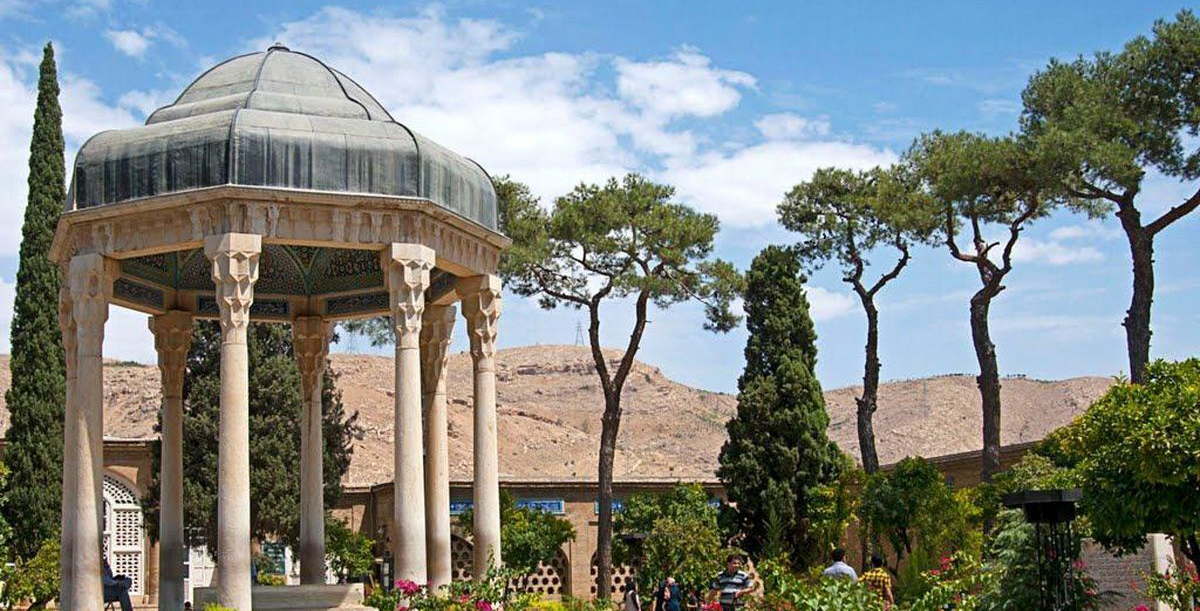
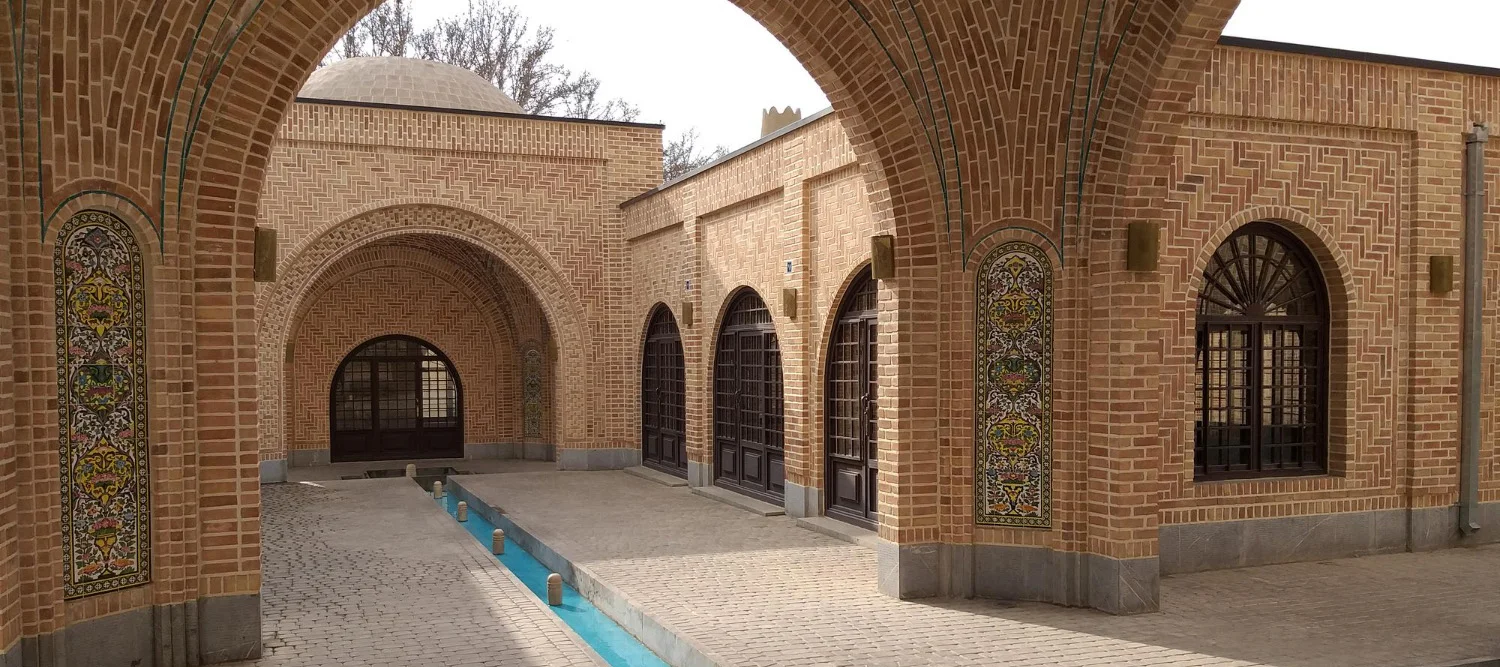
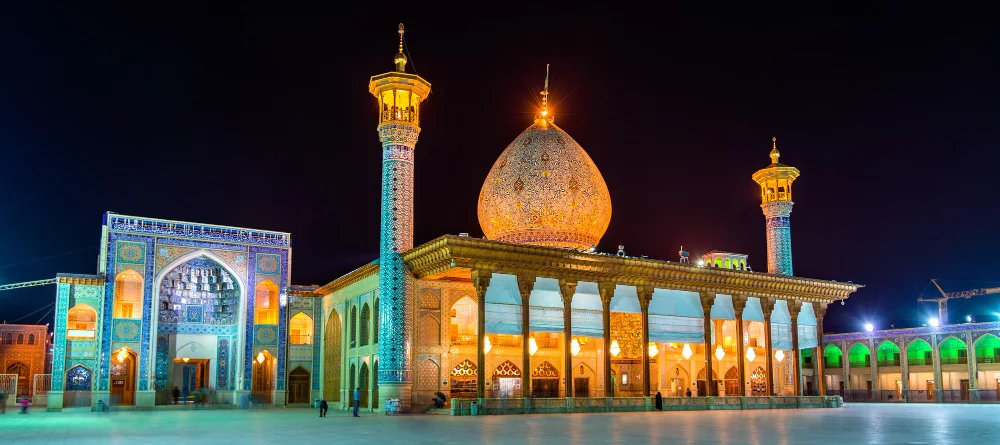
Comments
Total 0 comment in the post